Split! Non-Detergent Cleaner 3.78L
The Revolutionary Split! Non-Detergent Cleaning Method
It means that you can now remove an amazing assortment of cleaning nightmares you previously thought were unmovable – traffic patterns and stains on carpet, yellowing and other discolorations on finished or unfinished floors – all without any sticky detergents.
Split! removes tough soil, bio-film, and even old detergent residues, leaving nothing behind to attract more dirt.
Carpets cleaned with Split! stay clean 4 to 8 times as long as with detergent-based cleaners. Bare floors resist re-soiling for twice as long, and savings on stainless steel are even greater. The Split! system gets your facility cleaner and allows you to keep it that way with less frequent cleanings. Less frequent cleanings translate to savings on electricity, fresh water, treatment of soiled water, and volume of packaging to our landfills. NO detergent-based cleaner can do the same.
Why Detergents Don’t Work
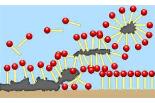 When detergents mixed in water contact oily soil, the detergent molecules water hating tails attempt to hide from water by sticking into the soil with their water loving heads pointed outward into the surrounding water.. But there are common problems associated with the detergent residue some cleaning products leave behind. It becomes a film that’s left on practically anything cleaned with a detergent based cleaning product. No matter how often rinsed, its impossible to completely remove leading to re-soiling.
When detergents mixed in water contact oily soil, the detergent molecules water hating tails attempt to hide from water by sticking into the soil with their water loving heads pointed outward into the surrounding water.. But there are common problems associated with the detergent residue some cleaning products leave behind. It becomes a film that’s left on practically anything cleaned with a detergent based cleaning product. No matter how often rinsed, its impossible to completely remove leading to re-soiling.
How Split! Works
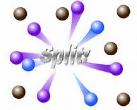 Split! Non-Detergent Cleaners contain no detergent at all. These industrial strength cleaners work not by sticking to soil, as detergents do, but by splitting the soil (all types of organic, non-solid molecules) into its smallest particles of matter, essentially blasting it into small enough bits that it can simply be wiped away.
Split! Non-Detergent Cleaners contain no detergent at all. These industrial strength cleaners work not by sticking to soil, as detergents do, but by splitting the soil (all types of organic, non-solid molecules) into its smallest particles of matter, essentially blasting it into small enough bits that it can simply be wiped away.
How Does One Define Clean?
There are no standards or guidelines that provide a definition as to what constitutes a clean environmental surface. Primarily, visual inspection but is ineffective. Increased transmission of healthcare associated infections (HAIs) there is a renewed interested in environmental cleaning and cleaning monitoring. Food preparation in restaurants, retirement facilities and in the home. Likewise, healthcare facilities such as hospitals, urgent care or veterinary clinics.
For example “The drug-resistant bacteria known as MRSA, once confined to hospitals but now widespread in communities, will likely continue to exist in both settings as separate strains, according to a new study.” Princeton Journal
Only logged in customers who have purchased this product may leave a review.
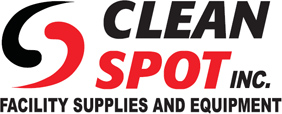



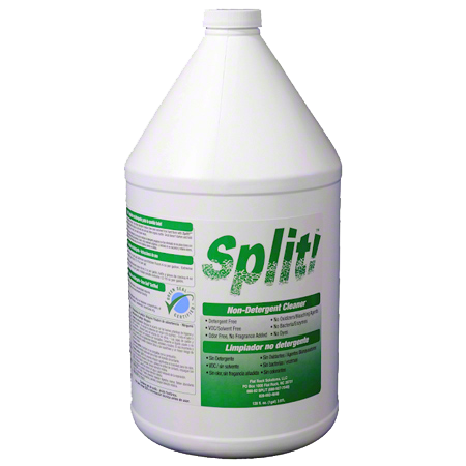

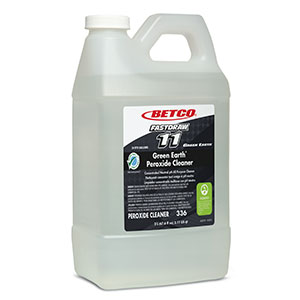
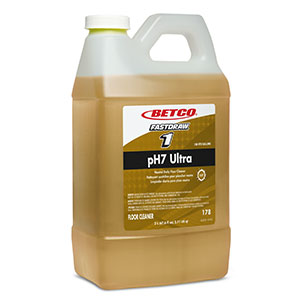
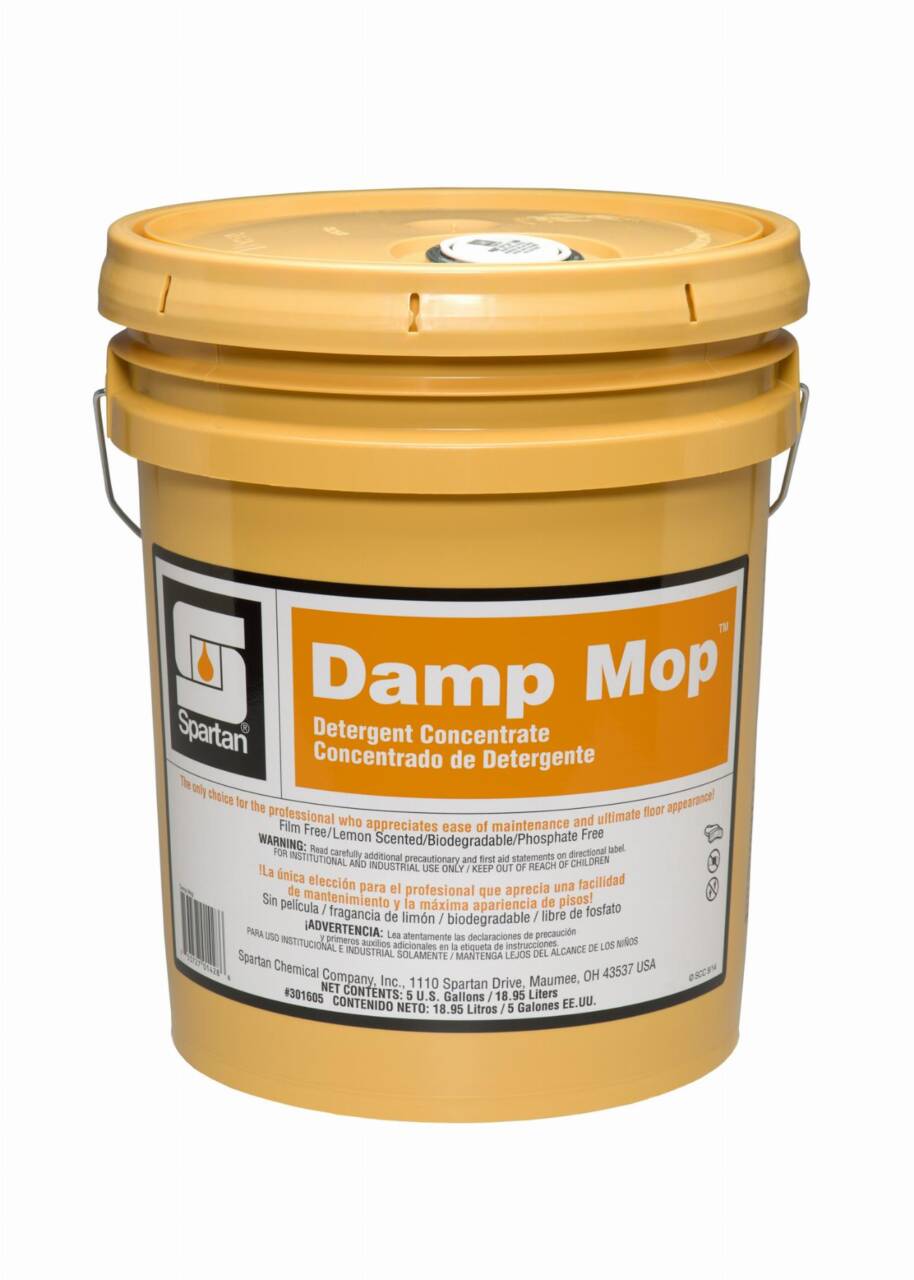
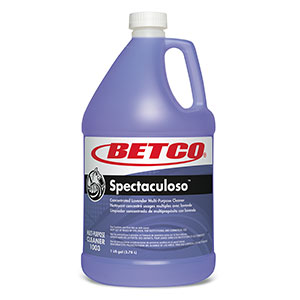

There are no reviews yet.